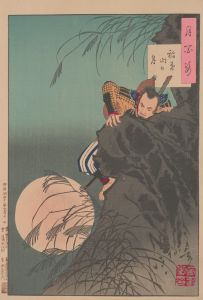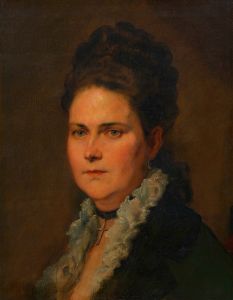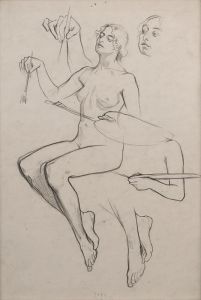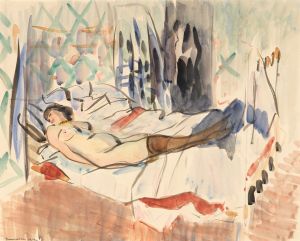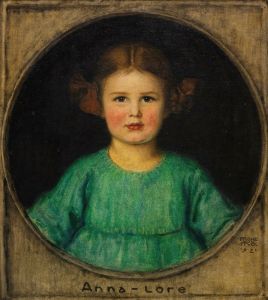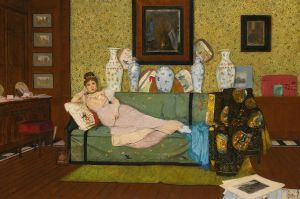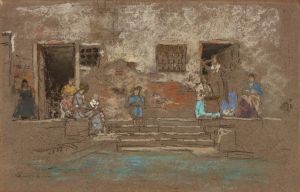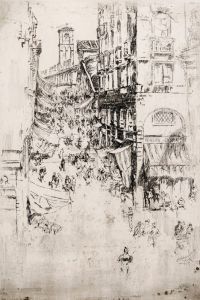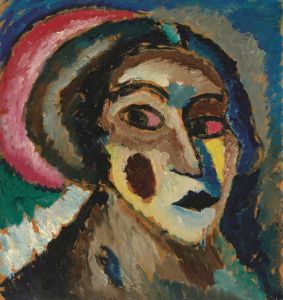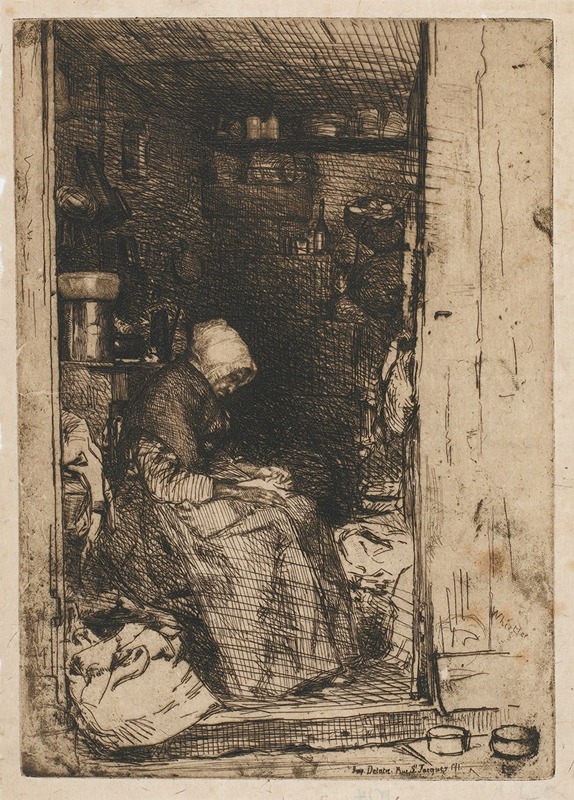
La Vieille aux Loques
A hand-painted replica of James Abbott McNeill Whistler’s masterpiece La Vieille aux Loques, meticulously crafted by professional artists to capture the true essence of the original. Each piece is created with museum-quality canvas and rare mineral pigments, carefully painted by experienced artists with delicate brushstrokes and rich, layered colors to perfectly recreate the texture of the original artwork. Unlike machine-printed reproductions, this hand-painted version brings the painting to life, infused with the artist’s emotions and skill in every stroke. Whether for personal collection or home decoration, it instantly elevates the artistic atmosphere of any space.
James Abbott McNeill Whistler was an American artist known for his paintings and etchings, and he played a significant role in the aesthetic movement. One of his lesser-known works is "La Vieille aux Loques," which translates to "The Old Rag Woman." This painting is a part of Whistler's exploration of character studies and his interest in capturing the essence of his subjects through a subtle and nuanced approach.
"La Vieille aux Loques" was created during a period when Whistler was deeply influenced by the artistic environment of Paris and London. He was particularly drawn to the realist movement, which sought to depict everyday life and ordinary people with honesty and without romanticization. This painting reflects Whistler's commitment to portraying the dignity and humanity of his subjects, regardless of their social status or circumstances.
The painting features an elderly woman, depicted with a sense of realism and empathy. Whistler's technique in this work is characterized by his delicate use of color and light, which he employed to create mood and atmosphere. The subdued palette and the careful rendering of textures highlight the woman's worn clothing and the lines of her face, suggesting a life of hardship and resilience. Whistler's attention to detail and his ability to convey emotion through subtle expressions are evident in this work.
Whistler's approach to portraiture often involved a focus on the sitter's character rather than their social identity. In "La Vieille aux Loques," he captures the quiet dignity of the woman, inviting viewers to contemplate her story and the experiences that have shaped her life. This focus on the inner life of his subjects was a hallmark of Whistler's style and contributed to his reputation as a master of psychological portraiture.
The painting also reflects Whistler's interest in the interplay between art and music, a theme that recurs throughout his oeuvre. He often likened his paintings to musical compositions, emphasizing harmony, balance, and rhythm in his work. This analogy is evident in "La Vieille aux Loques," where the composition is carefully structured to guide the viewer's eye and evoke an emotional response.
Whistler's work, including "La Vieille aux Loques," was influential in the development of modern art. His emphasis on mood and atmosphere, as well as his innovative use of color and form, paved the way for later movements such as Impressionism and Symbolism. Although not as widely recognized as some of his other works, "La Vieille aux Loques" exemplifies Whistler's artistic philosophy and his dedication to capturing the essence of his subjects.
Throughout his career, Whistler faced both acclaim and controversy. His defiance of traditional artistic conventions and his often contentious relationships with critics and patrons marked him as a complex and sometimes polarizing figure in the art world. Despite this, his contributions to the development of modern art are undeniable, and his works continue to be studied and appreciated for their technical skill and emotional depth.
In summary, "La Vieille aux Loques" is a testament to James Abbott McNeill Whistler's skill as a portraitist and his ability to convey the humanity of his subjects. Through his nuanced use of color, light, and composition, Whistler invites viewers to engage with the painting on an emotional level, reflecting his belief in the power of art to transcend the ordinary and reveal deeper truths about the human experience.





